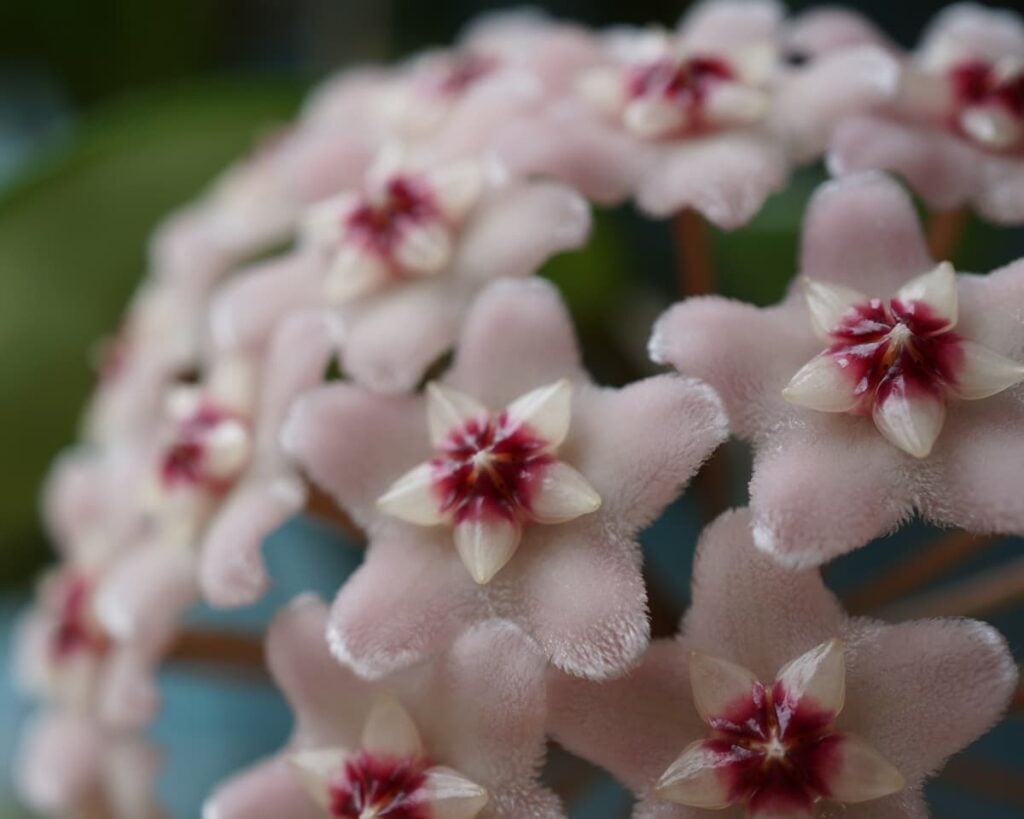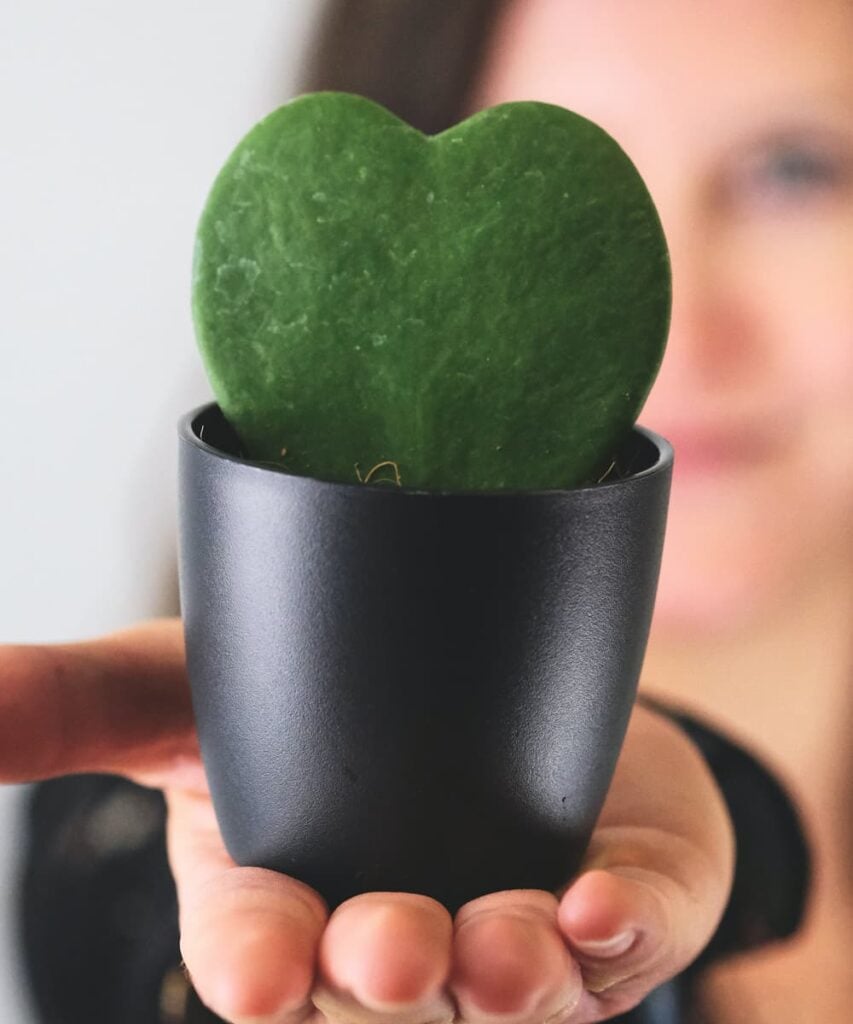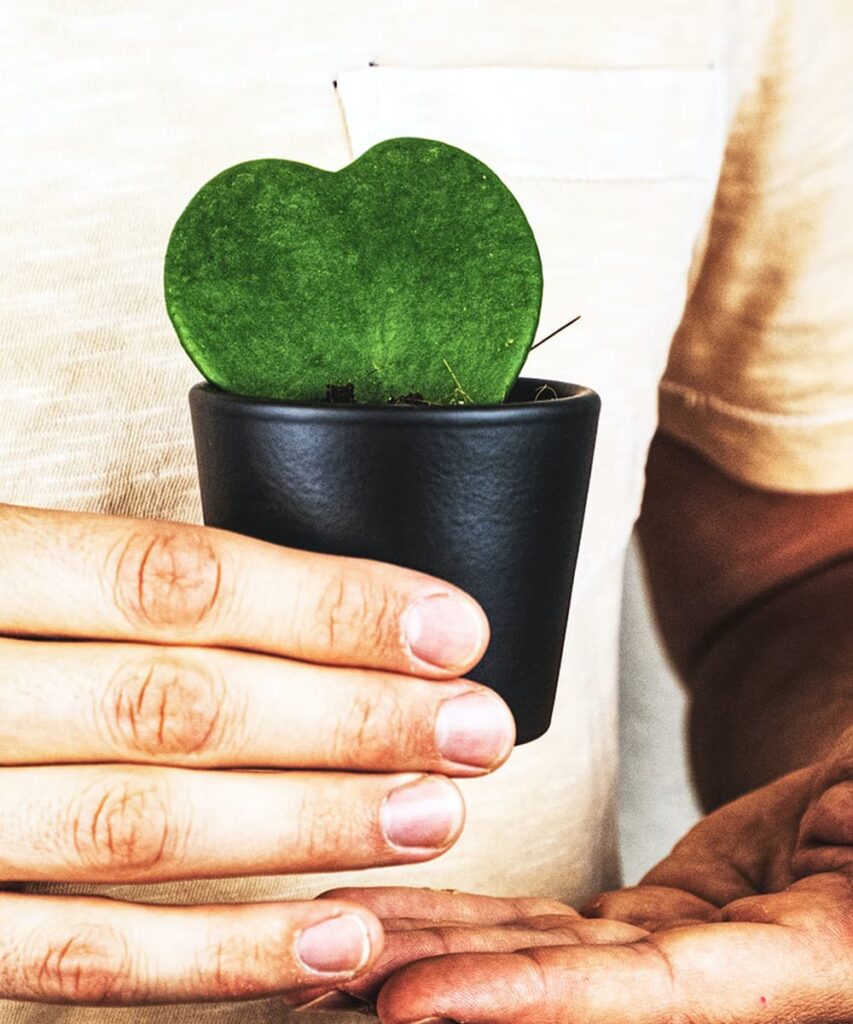Everything You Need to Know about Hoya Care

Hoya have been popular houseplants for decades and with good reason. They are extremely long-lived, have classic, deep green, vining foliage and produce fragrant, light pink and red star-shaped flowers. Because of their thick waxy, foliage they are often called wax plants or sometimes porcelain flower referring to the unique texture of the flowers. Check out our hoya collection.
Hoya Care
Hoya plants are tropical vining plants which are often called as wax plants because of the thick and waxy texture of the foliage These tropical plants have few requirements to be fulfilled in order to become a good house plant.
Light
Though the leaves of the Hoya plants are thick and waxy it does not mean that they are succulents. They should be kept away from direct and bright sunlight. Find a place where the plants could get indirect sunlight.
Soil
Potting soil with good air circulation is very important for Hoya. To create a perfect blend, mix equal parts of organic Cactus Mix, Orchid Mix, and Perlite. Hoya like to be pot-bound or crowded in their pots. They will only need to be re potted every two or three years.
Water
Water the Hoya plants with normal room temperature water throughout the seasons. Do not water much during winters and fall as the growth potential is low during that time. Pour enough water to keep the soil moist but remember not to over water as it may cause the flowers to drop.

Temperature and Humidity
These tropical plants thrive best in humid conditions. Maintain enough humidity during winter as the air becomes dry during that time. You can use a humidifier to maintain the moisture level. Temperature should be less than 16° C. It’s also best to keep plants from touching cold windows and away from heating and cooling vents.
Fertilizer
Hoya does not require much fertilizer. Liquid fertiliser is considered to be the best when it comes to feed Hoya. Fertilise every once in a month and that would be enough for its growth.

Common Problems
- Symptom: Leafdrop, blackening of leaves
Cause: Poor drainage, clogged water, or being too cool during winter. - Symptom: Root rot
Cause: Improper drained soil or compost. - Symptom: Failure to flower
Cause: Insufficient sunlight. - Symptom: Wilting and die back of the growth above ground
Cause: Over watering or excessive use of fertilisers. - Symptom: Burned leaves
Cause: Direct sunlight.
Hoya is one of the easiest growing flowering species. They are mostly grown indoors and are slow to moderate growing fragrant flowering plants which require very less maintenance.
The plants should be kept outdoors during winter and fall, however, when the temperature drops below 10° C it should be transferred indoor.
Hoya care reference: Espoma
